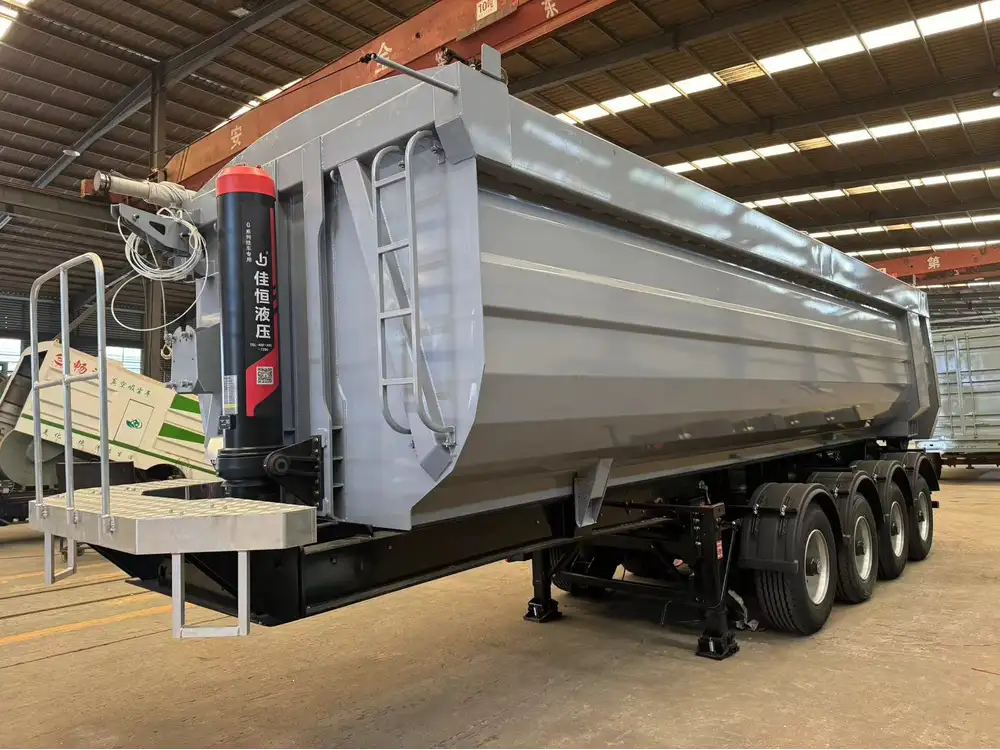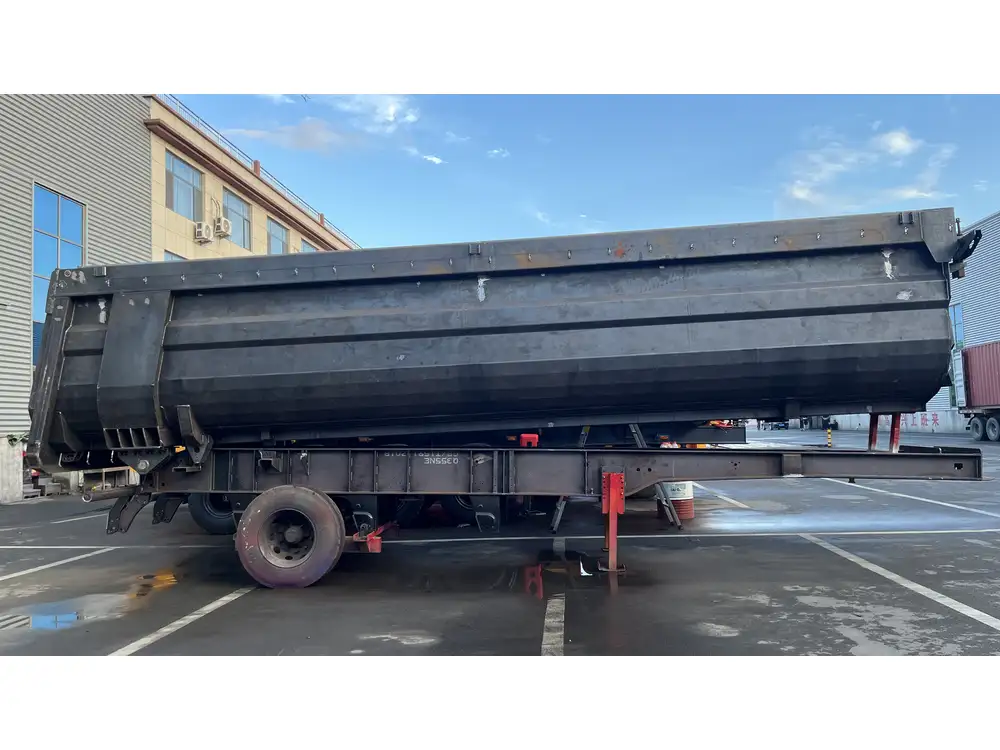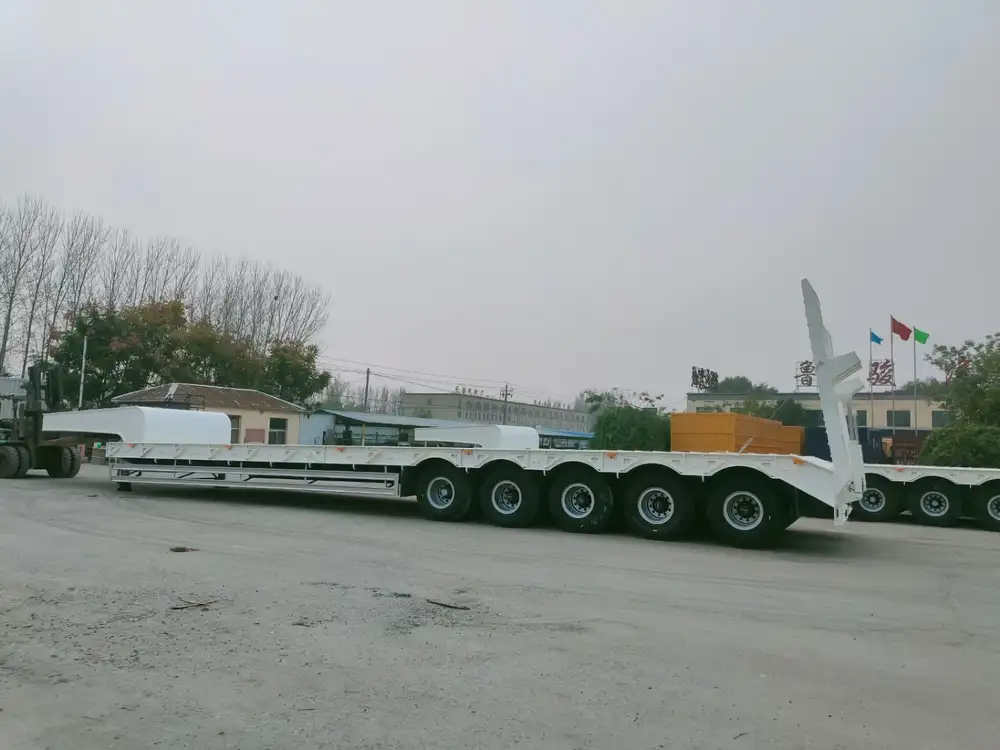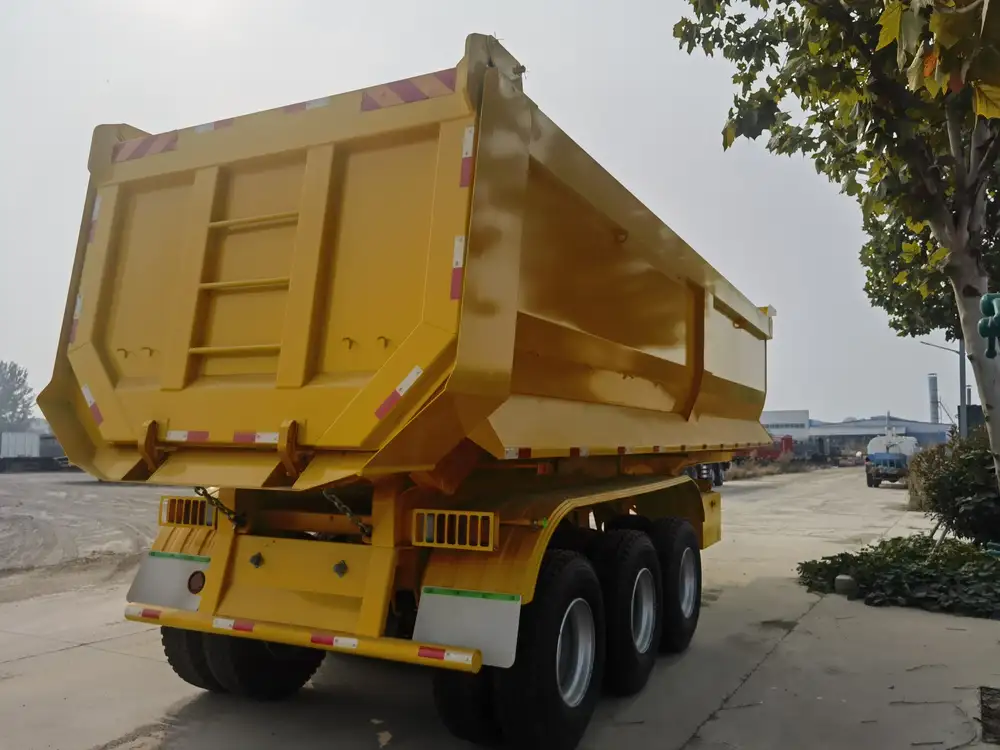When it comes to transporting grains, understanding the capacity of semi-trailers is crucial for farmers, logistics companies, and agricultural professionals alike. In this article, we delve into the specifics of how many bushels of corn a semi-trailer can hold. We analyze key factors, dimensions, and types of semi-trailers used for transporting corn, making it easier for you to make informed decisions.
Understanding Bushel Measurements
Before we dive into the specifics of semi-trailer capacity, it’s essential to grasp what a bushel is. A bushel is a unit of measurement commonly used in agriculture to quantify volume for grain and other crops.
- Definition: A bushel is equal to 1.244 cubic feet or approximately 35.239 liters.
- Corn Specifics: One bushel of corn weighs about 56 pounds.
This means that when we’re discussing how many bushels a semi-trailer can hold, we’re essentially asking about how much corn it can transport based on volume capacity.
Types of Semi-Trailers for Corn Transportation
Different types of semi-trailers can be used for hauling corn. Each type has a unique design and purpose, influencing its capacity.
| Type of Semi-Trailer | Capacity (Bushels) | Typical Use |
|---|---|---|
| Walking Floor Trailers | Up to 1,500 bushels | Bulk transport of loose grain |
| Tipper Trailers | 1,200 – 1,500 bushels | Quick unloading of grain |
| Grain Hopper Trailers | 1,000 – 1,500 bushels | Standard corn transport |
| Flatbed Trailers | Variable (depending on containers) | Transport of bags or boxes |

1. Walking Floor Trailers
These trailers feature a unique floor system that allows grains to be unloaded without tilting the trailer. They typically have a capacity ranging from 1,200 to 1,500 bushels. Their design is effective for transporting bulk corn and other loose grains, making them versatile for logistics providers.
2. Tipper Trailers
Tipper trailers, or dump trailers, are designed to unload cargo quickly by tilting. Their capacity generally lies between 1,200 and 1,500 bushels. They offer efficiency in loading and unloading processes but require ample space to maneuver during the unloading phase.
3. Grain Hopper Trailers
Grain hoppers, commonly used for transporting corn, also have capacities in the range of 1,000 to 1,500 bushels. These trailers are specifically designed for bulk grain transport, ensuring a tight seal to minimize spillage.

4. Flatbed Trailers
Flatbed trailers vary in capacity, as they often carry bags or containers of corn rather than bulk. To determine their overall ability to transport corn, the number of bags on the flatbed needs to be evaluated. An average flatbed can handle anywhere from 500 to 1,200 bushels, depending on the bag size and container type.
Factors Influencing Semi-Trailer Capacity
Determining how many bushels of corn a semi-trailer can hold goes beyond simple measurements. Several factors play a role in influencing this capacity.
1. Trailer Design and Specifications
The design and structure of the trailer have a direct impact on how many bushels of corn can be accommodated. For instance, trailers with side walls designed for aerodynamics can hold more than their less aerodynamic counterparts due to better space utilization.

2. Structural Considerations
The materials used in construction, such as lightweight aluminum versus heavier steel, can affect the total weight capacity of the trailer, which indirectly influences how many bushels it can carry.
3. Compliance with Regulations
Each state has weight restrictions for commercial vehicles, including semi-trailers. The maximum load should not exceed the legal weight limits, usually a gross weight of around 80,000 pounds for fully loaded semi-trailer trucks. Therefore, the bushel capacity may vary based on these restrictions.
4. Agricultural Practices
Seasonal variations in corn yields, planting methods, and moisture content at harvest can also affect the total capacity utilized within a semi-trailer. Corn harvested at lower moisture levels is denser and may allow for higher bushels per trip.

Calculation: How Many Bushels of Corn in a Semi-Trailer?
Let’s break down a common scenario: A walking floor trailer is 53 feet long and has a standard width of 102 inches (8.5 feet), with a height of around 13.5 feet.
Step 1: Calculate Volume
The cubic volume of this trailer can be calculated as follows:
[ \text{Volume} = \text{Length} \times \text{Width} \times \text{Height} ] [ \text{Volume} = 53 \text{ ft} \times 8.5 \text{ ft} \times 13.5 \text{ ft} = 6,045.75 \text{ cubic feet} ]Step 2: Convert to Bushels
Using the conversion of 1 bushel = 1.244 cubic feet, we can find the total number of bushels:
[ \text{Bushels} = \frac{\text{Total Volume}}{\text{Volume of 1 Bushel}} ] [ \text{Bushels} = \frac{6045.75 \text{ ft}^3}{1.244 \text{ ft}^3} \approx 4,861 \text{ bushels} ]This theoretical capacity illustrates that a semi-trailer could transport approximately 4,861 bushels of corn, though practical factors will likely reduce this number.

Practical Considerations for Corn Transportation
Transporting corn in bulk isn’t solely about the trailer’s capacity. Practical considerations come into play, influencing the total amount transported per trip.
1. Load Distribution
Properly distributing the load within the trailer ensures stability during transport. An uneven load can lead to difficulty in handling, increasing the risk of accidents on the road.
2. Weight Limitations
Since a bushel of corn weighs about 56 pounds, the total weight of the corn must be calculated to stay within safe and legal limits. For example, with a trailer capable of carrying 1,200 bushels:
[ \text{Total Weight} = \text{Bushels} \times \text{Weight per Bushel} = 1,200 \times 56 = 67,200 \text{ pounds} ]This weight, combined with the trailer’s weight, must remain below state limits.

3. Unloading Methods
Efficient unloading methods, such as the use of augers or conveyor belts, play a substantial role in logistics operations. The capacity of semi-trailers is often maximized when unloading systems are tailored to work in tandem with trailer designs, minimizing delays.
4. Seasonal Demand and Market Prices
Market fluctuations, seasonal demand, and pricing can also dictate how much corn is transported. During peak harvest, logistics firms may need to consider more trips or larger trailers.
Conclusion: Maximizing Semi-Trailer Efficiency
Navigating the complexities of corn transportation requires a comprehensive understanding of semi-trailer capacities, their specifications, and practical considerations. With the right approach, including knowledge of bushel measurements and effective loading and unloading strategies, businesses can maximize efficiency in transporting corn.
Proper planning, adherence to weight limitations, and an understanding of the regulations will ultimately elevate performance in the agriculture logistics realm. In summary, while a semi-trailer can typically hold anywhere from 1,000 to 4,861 bushels of corn, the practical capacity is often limited by regulatory benchmarks, load management, and the specific operational needs. Being informed and prepared is the key to effective corn transportation.



